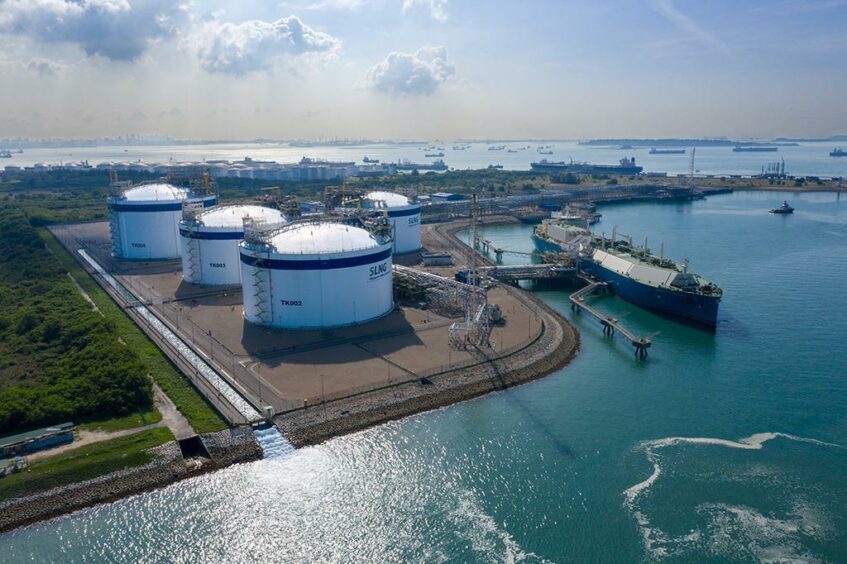
Freeport LNG has provided an update on the circumstances of the June 8 fire at its facility on Quintana Island, Texas, warning that a return to full operations will not come until late 2022.
The company said it would be able to resume partial operations within 90 days, once safety and security can be assured and regulatory clearances obtained.
Freeport’s initial investigation suggests the incident occurred as a result of an LNG transfer line becoming overpressured and rupturing. This led to “rapid flashing” of the LNG, with release and ignition of a cloud of natural gas vapour.
The company is investigating the underlying events that led to the build up of pressure in the pipe. This leads from the storage tank to the dock facilities, on the north side.
The incident occurred at 11:40 am CT on June 8. There were no injuries and there was no threat to the local community, Freeport said.
The dispersion and ignition was contained within the facility and lasted for around 10 seconds. Subsequent smoke and fire came from the burning of materials, such as piping insulation and cabling.
Emergency services extinguished the flames within around 40 minutes.
Big impact
Freeport said the fire had led to the emission of small quantities of carbon monoxide, nitrous oxide, particulate matter, sulphur dioxide and volatile organic compounds (VOCs). They did not pose a risk, the statement said.
The company said it was “mindful of the impact this incident” and the interruption in operations had on “our personnel, our surrounding community, and the domestic and international gas and LNG markets”.
Rystad Energy posted a note on the Freeport LNG explosion on June 13, before the company’s update. At that time, the market expected the plant to be offline for three weeks.
Freeport LNG accounted for around 10% of European imports, Rystad said. As a result, the major impact of the accident would fall on Europe.
When the news of the explosion broke, Henry Hub prices rose to $9.7 per mmBtu, although they have subsequently fallen somewhat.
